If you’re looking for plants that thrive indoors, then succulents are the way to go. And today, we’re looking at 10 of the best types of succulents to perk up your living or work space.
View in gallery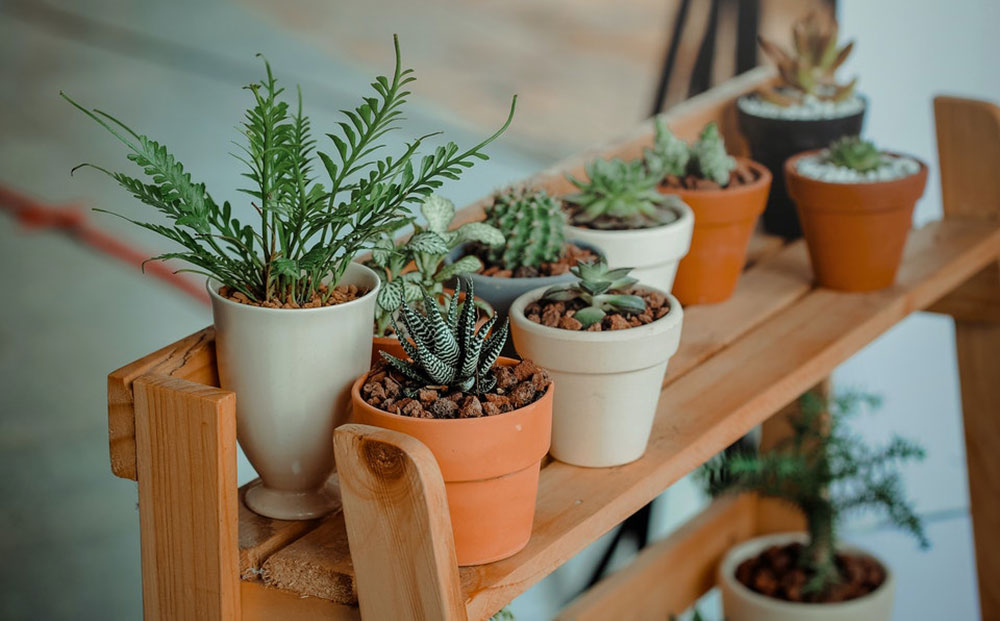
When you’re working with limited space, it can be difficult to imagine your home having a lush garden. So, you often have to work with patios, window boxes, and growing your plants indoors.
Essential Reading: How Often to Water Succulents
Luckily, some of the most beautiful plants grow wonderfully inside. And some even prefer the controlled climate.
One of the most popular plant choices for indoor growth are succulents. Not only are succulents beloved by plant enthusiasts, but they’re also fairly easy to take care of.
However, there’s a vast amount of succulents to choose from. So, to make your selection easier, we’ve taken time to narrow down a list of 10 types of succulents perfect for growing indoors.
10 Different Types of Succulents You Can Grow at Home
Liven up your apartment or office with any of these 10 types of succulent plants. (Or go ahead and get one of each for an extravagant indoor collection!)
1. Aloe Vera
View in gallery
One of the most popular types of indoor succulents to grow is Aloe Vera. But Aloe is also found growing wild throughout the world throughout tropical, semi-tropical, and arid climates.
So, if you’re growing Aloe indoors, or outside in a garden, make sure your plant avoids cold weather.
But Aloe is much more than a hardy perennial. With a wide variety of uses, Aloe is a common ingredient in topical agents, food, and drinks.
When caring for your Aloe plant, make sure you water the soil deeply. However, there’s no need to water often! About every 3 to 4 weeks should do the trick. Just remember to check on the soil to make sure your plant is happy and healthy.
And with the right care, Aloe plants can live for many years. Which will easily boost your gardening confidence.
2. Ponytail Palm
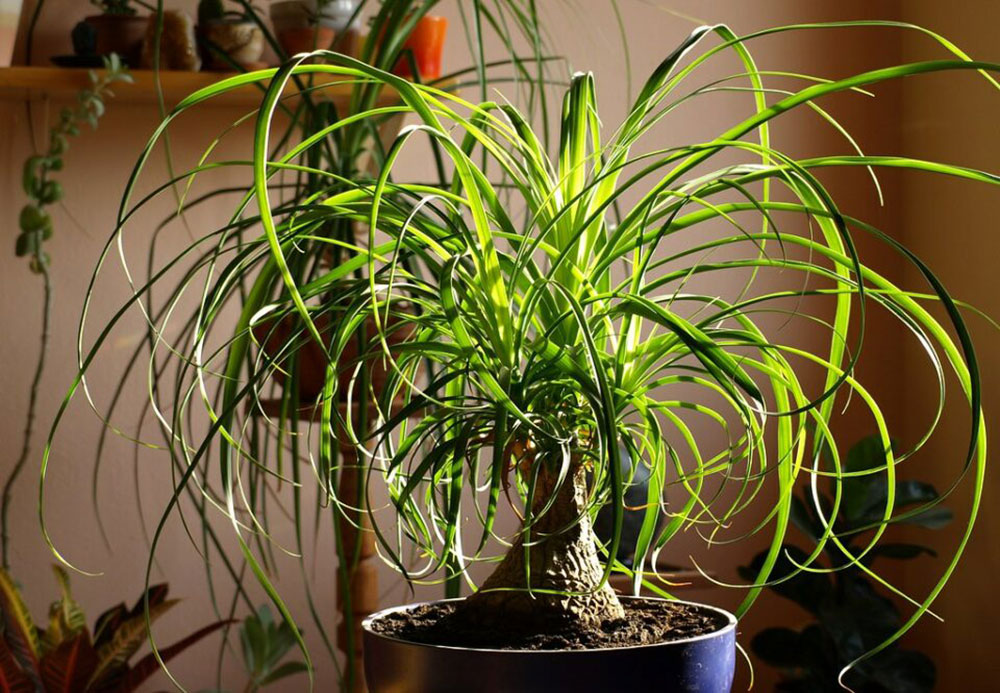
Don’t let the name fool you! Because Ponytail Palms are only Palms by name. In truth, these evergreen perennials are types of succulents–and robust succulents at that.
With a swollen base to store water, Ponytail Palms can survive with very little effort. And they grow well in low nutrient soil, or rocky earth.
Along with being easy to care for, these succulents can live incredibly long lives. There are even some Ponytail Palms in Mexico that are hundreds of years old. Plus, they can grow to some unbelievable heights.
Although your indoor Ponytail Palm won’t grow to tower over you, it can still thrive for many years with proper care.
3. Hens and Chicks
View in gallery
When you’re just starting off growing succulents, Hens and Chicks succulents are a great choice. Sometimes these types of succulents are called Houseleaks, and are among the easiest to successfully grow indoors.
Since they’re an alpine plant, Hens and Chicks do well in low quality soil. And they can even withstand unsavory conditions.
Hens and Chicks get their name from the large rosette shape. Along with the plants frequent production of baby succulents.
After a few years, the mother plant will die off and will need to be removed. But the plant’s rapid production of babies will give you all the succulents you need.
4. Lithops
View in gallery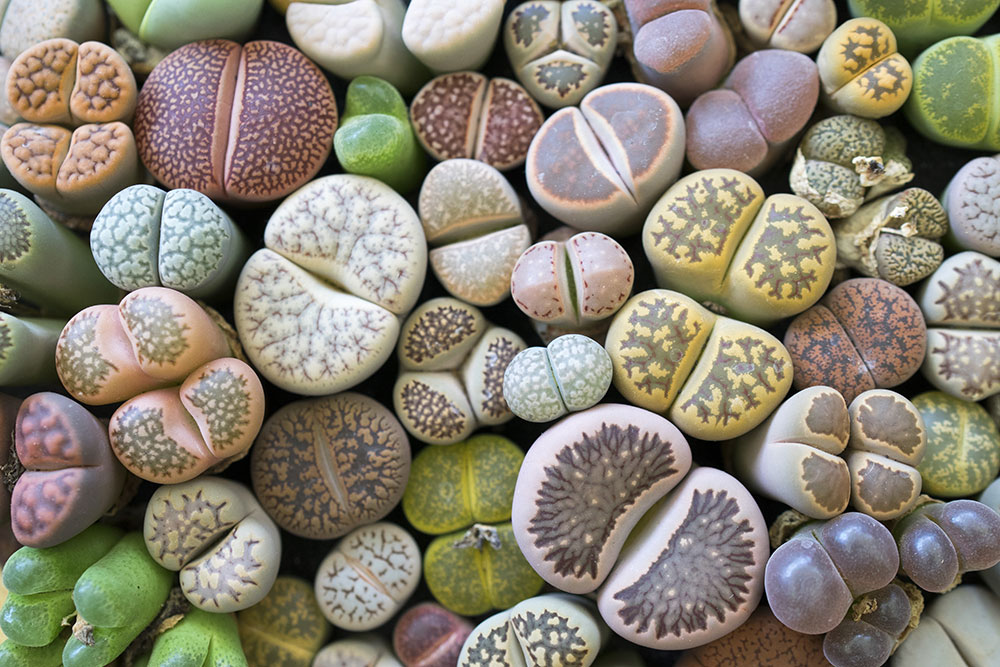
If you’re drawn to succulents because of the unique varieties, then Lithops will definitely catch your eye.
Some of the most whimsical succulents get their name from the Greek λίθος, for stone, and ὄψ for face. Oftentimes, people will call Lithops living stones, or pebble plants.
And Lithops are about as unique as succulents get. With a pebble-like appearance, a large variety of species, and a multitude of colors, it’s no surprise how sought-after they are.
If you’re looking for an offbeat plant that’s a cinch to take care of, then Lithops are the perfect choice.
5. Frizzle Sizzle
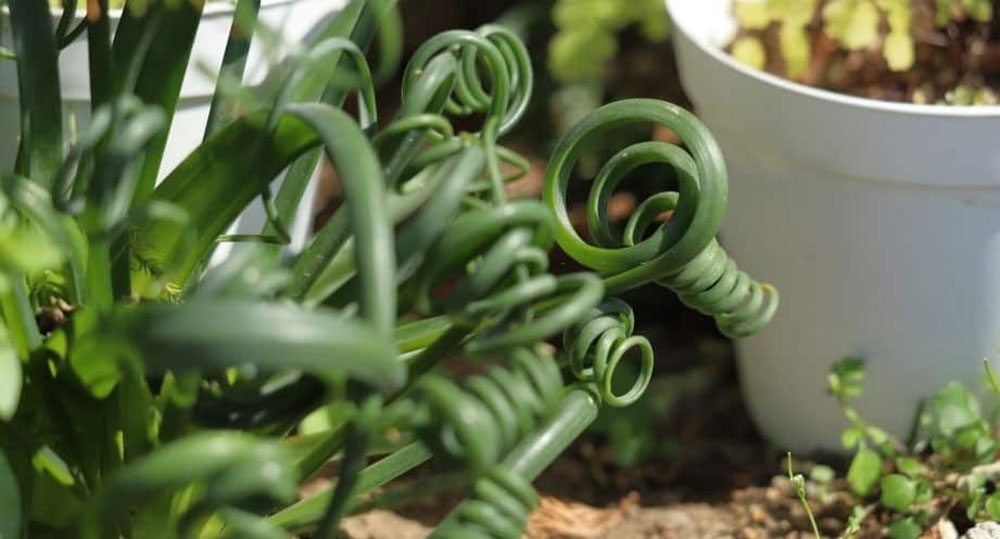
By far one of the most intriguing types of succulents is the Frizzle Sizzle plant. These flowering plants will give your garden a fanciful appearance with their spiraling leaves.
Be mindful of overwatering. And never water if the soil is still wet.
Frizzle Sizzles thrive in indirect lighting. So, if your building lacks a surplus of natural light, no worries.
And they’re very easy to take care of. However, since they’re a flowering plant, you’ll need to be mindful to remove any dead flowers. That way, the plant can grow new flowers and thrive for years.
6. Burro’s Tail
View in gallery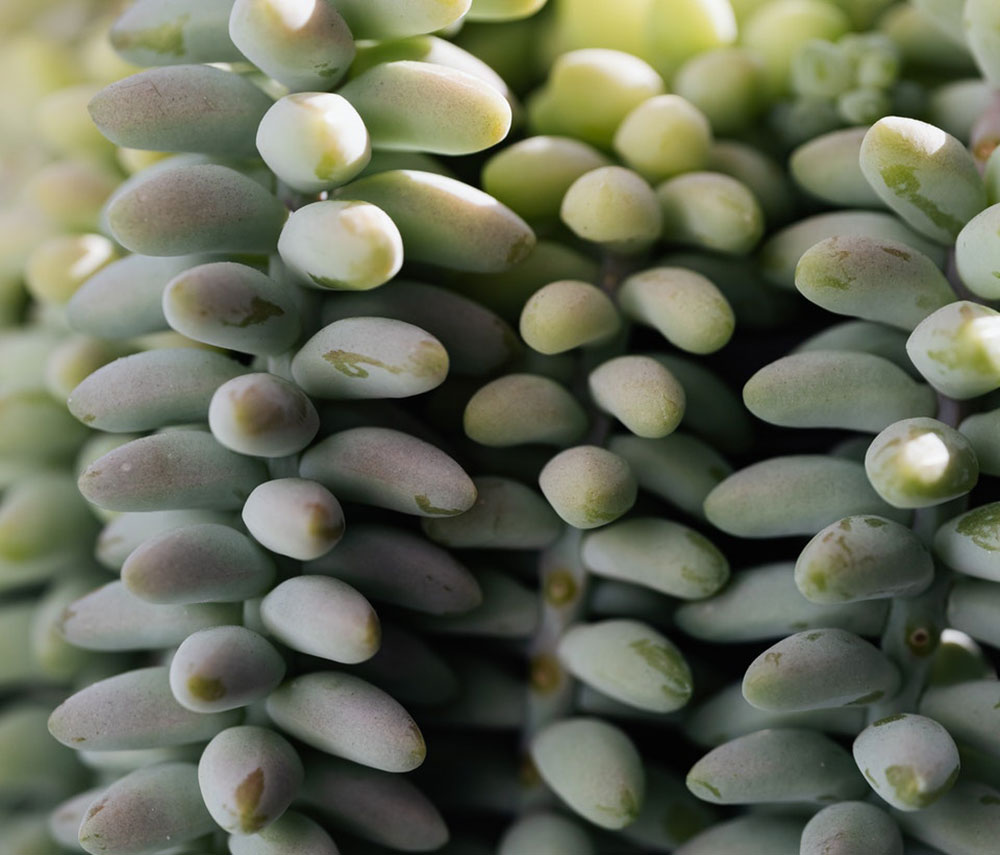
If you want to add some hanging plants with long sweeping stems, then Burro’s Tail succulent will easily win your heart.
As long as your container drains well, and you keep the plant in heavy sunlight, Burro’s Tail succulents grow wonderfully indoors.
And they’re easy to propagate too! Which means, even more beautiful succulents that make great gifts for your friends and family!
Break up the monotony with these charming, and easy to grow plants.
7. Zebra Cactus
View in gallery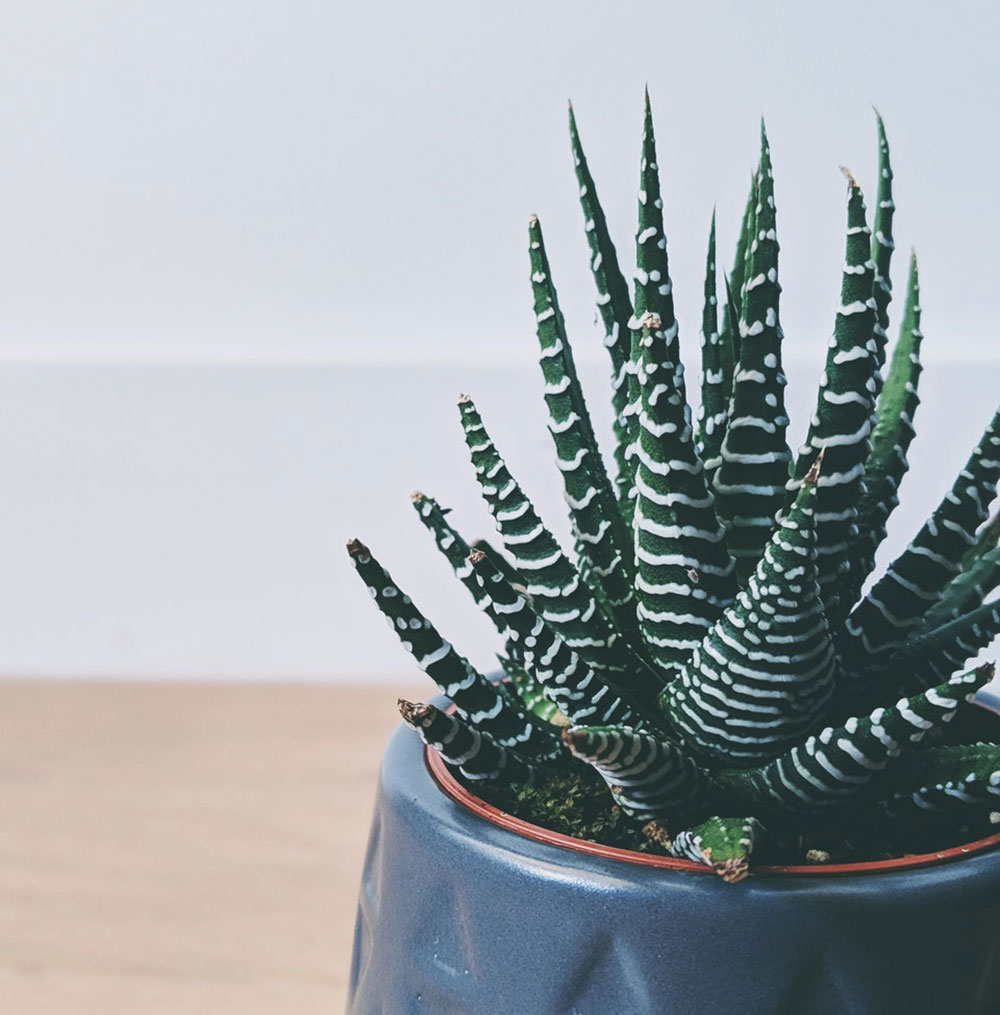
Upon first look, a Zebra Cactus resembles an Aloe plant. And the name suggests that they’re a cactus. But a Zebra Cactus is neither of these!
They are hardy succulents, and are resistant to drought. So, if you’re always forgetting to water your plants, this is the plant for you.
What makes these plants so great for growing indoors is how little care they require.
However, they do need a fair amount of sunlight. But too much direct sunlight will burn their leaves.
Your best bet is to place them in indirect sunlight and forget about them every few weeks.
8. Flaming Katy

While most types of succulents are grown for their gorgeous patterns and unique leaves, Flaming Katy is sought after for its flowers.
With vibrant green, waxy leaves, and bright blooms, Flaming Katy adds a welcome burst of color to your indoor plant collection.
In order to have a healthy plant, make sure you clip any dead blooms. And avoid repotting when the plant is blooming. This can cause the flowers to fall off.
While the flowers will come and go, the foliage is still a beautiful addition to your garden.
9. String of Bananas

Once you start down the path of exploring succulent varieties, it’s difficult to go back. And with incredible plants like String of Bananas, it’s understandable that people get hooked.
For anyone that enjoys trailing vines, and climbers, then String of Bananas will blow your mind.
String of Bananas get their nickname due to the similarities between their leaf shape and bananas. Which makes for an eye-catching addition to your home.
And these distinctive plants grow well indoors. Whether hanging from above, or crawling along a table, you can easily enhance your succulent garden with String of Bananas.
10. Panda Plant
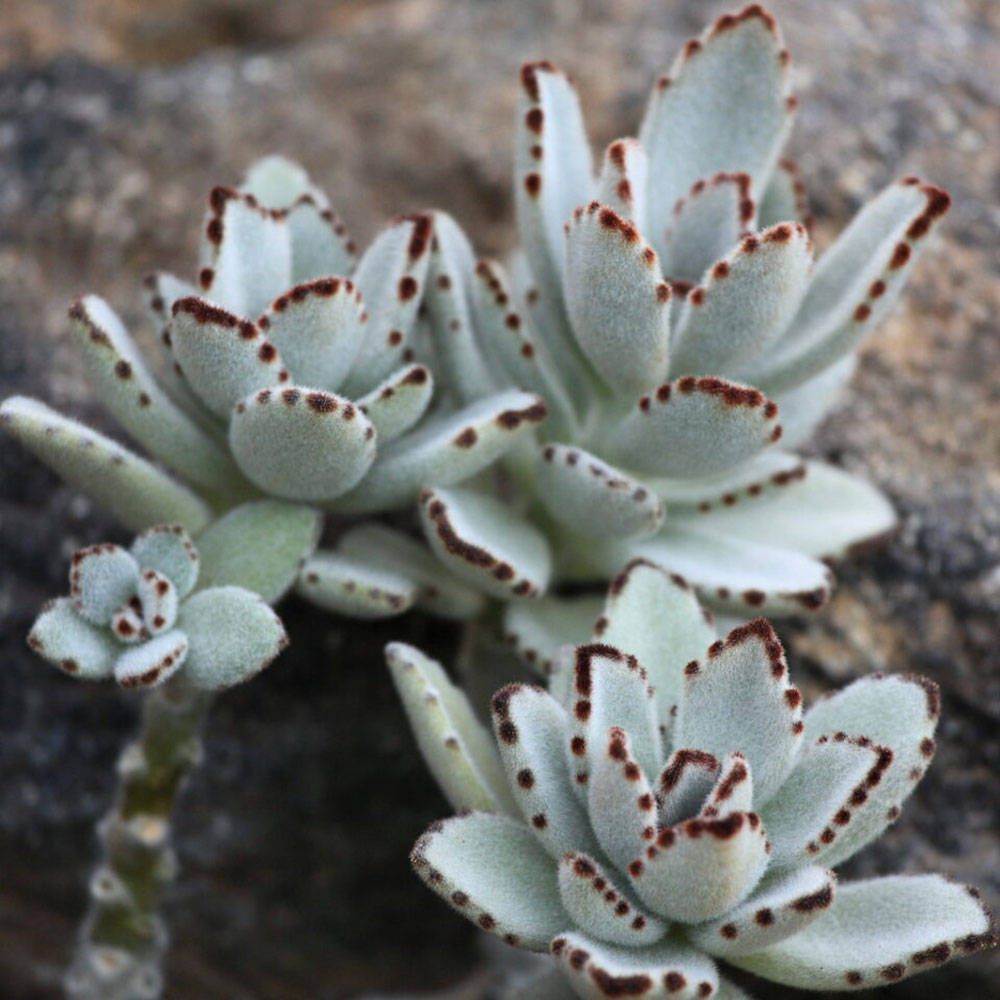
Want to add a touch of color to your greenery? Then a Panda Plant might be what you’re looking for.
With a fuzzy appearance, and leaves with crimson tips, Panda Plants will help break up the monotonous sea of green.
And the plant’s fuzziness makes it as cute as its name. You might want to reach out and touch it.
But don’t get too up close and personal with these fuzzy succulent types. Because they’re toxic when you ingest them! So, pet owners and parents, beware.
As long as you properly care for your plant, you can have this delightful addition to your garden for many years.
Caring for Succulents – Frequently Asked Questions
Look, we get it. You’ve had plants before, only to let them die despite your best efforts. You’ve tried watering, not watering, moving it inside and out, and even singing to the thing and it still just browns and shrivels.
Well don’t worry! Many types of succulents are essentially fool-proof, and have quite simple instructions for care anyone can follow. Here are our best tips for getting the most out of your succulent plants:
How Often Should I Water My Succulents?
View in gallery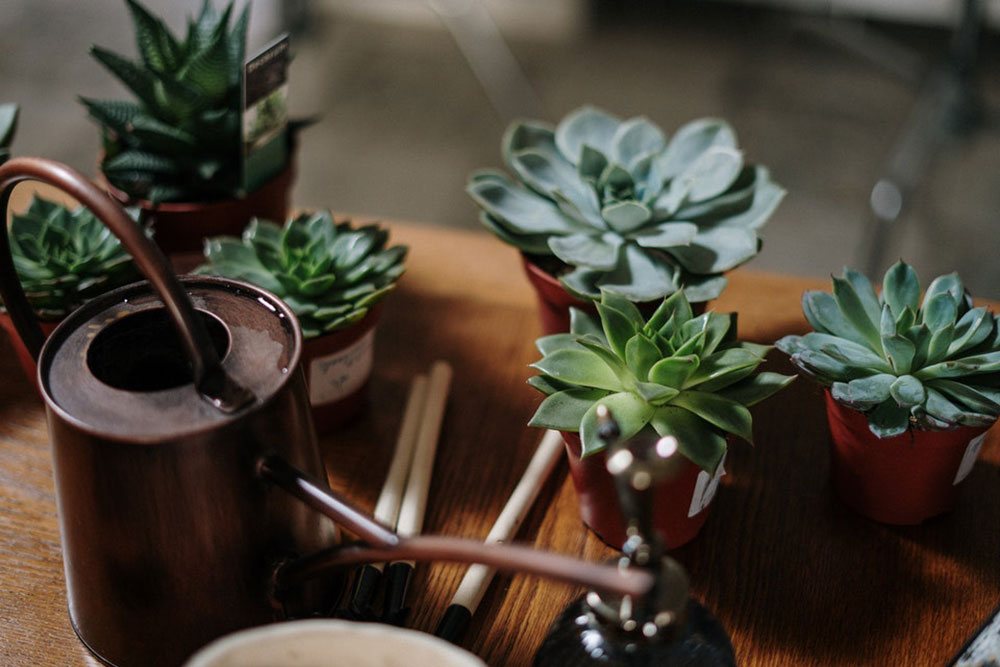
If you struggle to remember to water houseplants, then it will please you to know succulents require very little water.
But each type of succulent is different. And their native climate has a big effect on how they handle water absorption. So, the best way to know when to water your plant is to check the soil.
You’ll want to water when the soil becomes dry. Or when the succulent appears to be underwatered. Look for dry, wrinkly leaves.
But whatever you do, do not overwater! Because succulents are prone to root rot.
And avoid any gardening “hacks” like leaving an ice cube on the soil to melt. These plants don’t do well with cold temperatures.
What Soil Is the Best for Succulents?
Because succulents are prone to root rot, choosing the right soil is crucial. And if you’re planning on using regular potting soil, you won’t be happy with the results.
Regular potting soil, or dirt from your garden outside, won’t drain enough for succulents.
Instead, choose a potting soil that is specifically for cacti, and succulents. Or add some rocks and sand to the soil mix to help water drain out.
Plus having rocks in your pots and planters make for an aesthetically pleasing look.
Are Succulents Toxic?
While most succulents are nontoxic, some species will leave humans and pets feeling quite ill if they consume them.
Of course, even if a succulent isn’t toxic, you’ll want to keep it in a safe place. Then no pets or children have the chance to take a bite out of your plants.
However, you should still be aware that some of the most popular succulent species are toxic to humans and pets. (Including some we’ve listed above.)
- Kalanchoe
This genus of plants includes the popular Panda Plants, and the Flaming Katy. If consumption occurs, the results range from vomiting, diarrhea, irregular heartbeat, and oral irritation.
- Aloe Vera
While Aloe Vera has many topical uses, and is even found in food and drink, parts of the plant are toxic.
Within Aloe Vera leaves lies aloin, a yellow substance that is toxic to humans and pets. And it’s unpredictably toxic at any level. Which leads to vomiting, diarrhea, lethargy, and even kidney failure.
- Frizzle Sizzle
Because Frizzle Sizzle has a grasslike appearance, you’ll need to place it somewhere pets can’t reach.
While the toxic effects are on the mild side, Frizzle Sizzle can still cause gastrointestinal distress, and mild oral irritation.
How Much Light Do Succulents Need?
View in gallery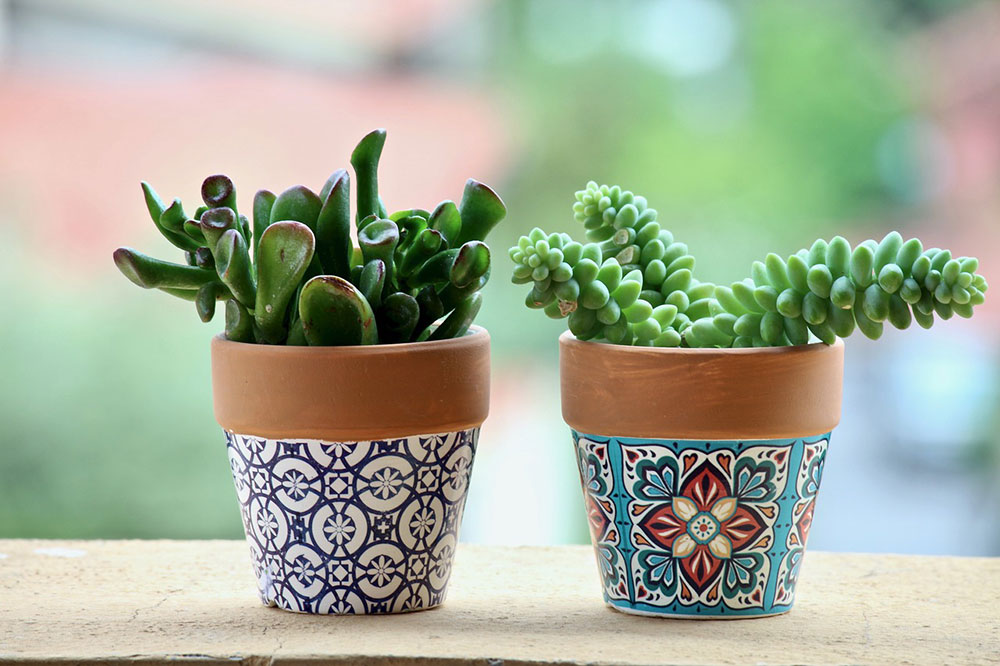
When you first plant a new succulent, you’ll want to gradually introduce it to light. But mature plants need roughly six hours of sunlight a day.
However, if your plants aren’t in direct sunlight, simply rotate them when you can. All sides of the plant need to get sunlight in order to have a healthy plant.
If you notice one of your plants beginning to lean towards the sunlight, then rotate! A leaning plant is a dead giveaway that it wants more sunlight.
Can I Propagate Succulents?
Simply put, yes. But once you start propagating your succulents, it becomes difficult to stop. Before you know it your house will be full of little baby succulents lining your countertops and windowsills!
All you need to do is take a clipping, or a leaf that has fallen off on its own. Then let the end that has been severed dry out in a paper towel.
Once the leaves are dry at the ends, transfer them to some potting soil.
Make sure to mist the leaves. But not too much! Remember, succulents don’t like a lot of water.
After a couple weeks you should have root growth. And a few weeks after roots have sprouted, you’ll have baby succulents to plant to your heart’s desire.
Types of Succulents: Final Verdict
Succulents are a great way to build confidence when it comes to gardening. And they make wonderful additions to your home.
You can’t go wrong adding any of these 10 succulents to your collection.
What are some of your favorite types of succulents to grow indoors? We’d love to hear about your gardening efforts in the comments below!




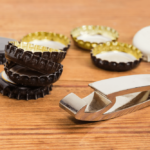

Love em ALL
We do, too. Do you have any types of succulents in your home?